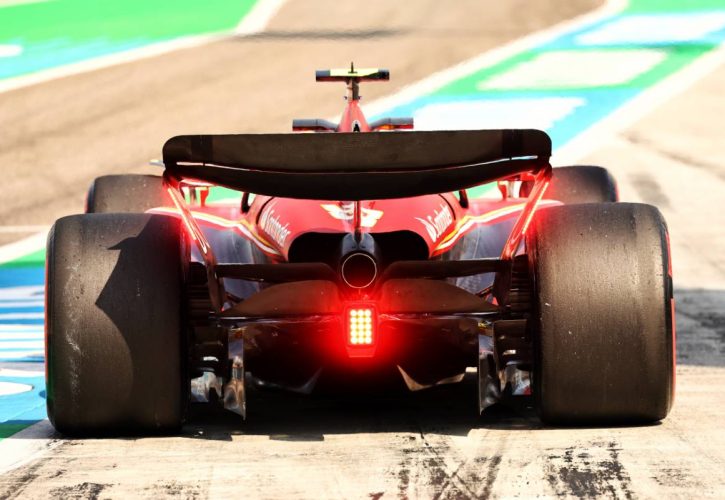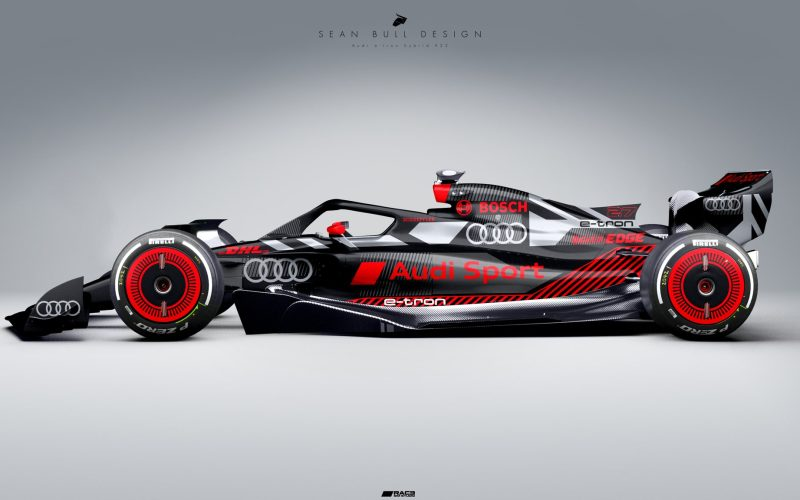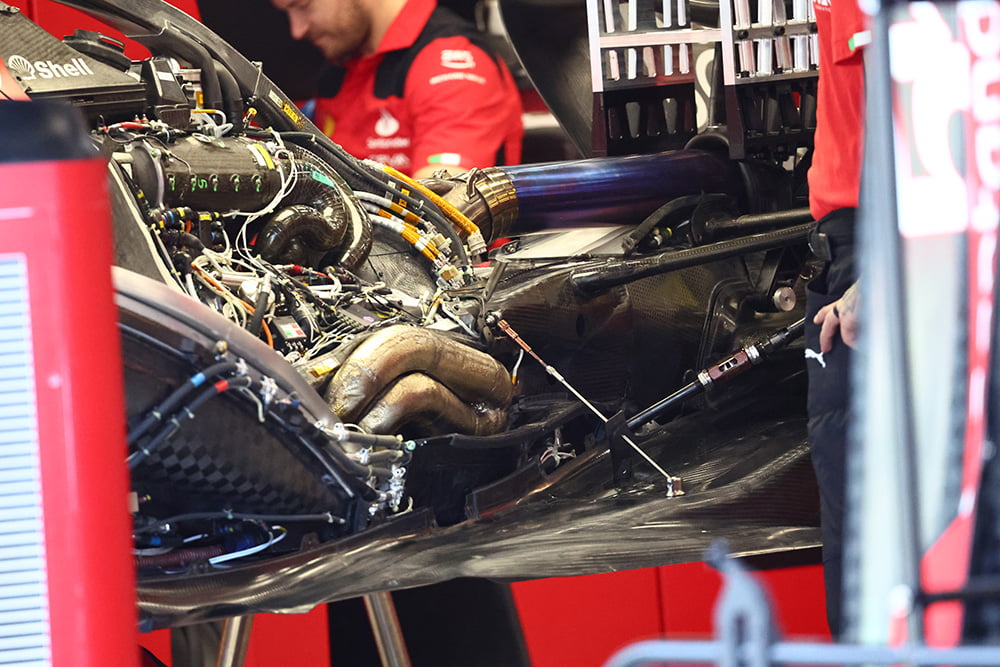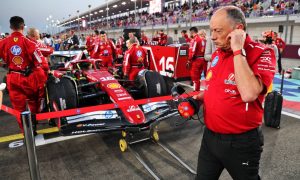
Ferrari's power unit technical director Enrico Gualtieri has warned that the upcoming 2026 shake-up in Formula 1's engine regulations presents a significant challenge not only for established manufacturers but especially for newcomers entering the fray.
F1 is set to usher in a new era in 2026, with significant changes to its power unit regulations aimed at fostering greater sustainability and competition.
This shake-up will see two major players join the existing grid: Audi and a Ford-supported Red Bull Powertrains program. Additionally, Andretti-Cadillac is a potential mid-cycle entrant, further expanding the landscape.
The new regulations will evolve around a lighter generation of power unit, achieved by removing the MGU-H unit, while simultaneously increasing reliance on electric power through more powerful MGU-K units.
While existing manufacturers like Ferrari have behind them a decade of experience navigating the nuances of the current hybrid era, the newcomers face a multitude of hurdles.
Gualtieri acknowledges the inherent difficulty of predicting newcomers' exact experiences, given the unique circumstances of each organization. However, he also emphasizes the undeniable complexity of F1 power units, highlighting the demanding nature of building a championship-contending engine from scratch.
“It’s hard to say because, obviously, I’m not in their facility or in their shoes,” Gualtieri said, regarding the expectations for the likes of Audi and Red Bull Powertrains ahead of 2026.
“But in the end, I think that for sure the level of complexity of this product is high. And it’s true that preparing for a brand-new project is not an easy task for anyone.

©SeanBull
“So I can for sure respect the job that they are doing on this, because for sure you need to learn and to create something that is not only related to design, competencies or skill from the engineering perspective, but also logistics or infrastructure.
“So they are facing an important and huge challenge as well.”
While acknowledging the daunting task awaiting newcomers to F1's engine scene, Gualtieri also emphasized the internal challenges Ferrari faces in navigating the transition to the 2026 regulations.
He pointed to the critical, yet demanding, task of resource allocation as a key hurdle. Ferrari, like other established manufacturers, grapples with the complex balancing act of prioritizing both the present and the future.
On one hand, they must continue to optimize their current power unit to maintain competitiveness in the upcoming seasons. On the other hand, they must dedicate significant resources towards the development and testing of a completely new engine adhering to the 2026 regulations.

This division of labor presents a significant challenge, according to Ferrari’s main engine man.
“On our side, obviously, it’s a different thing,” he continued. “It’s true as well that we have to cope with the current programme that is still somehow requiring energy in order to be obviously looked after in view of what we have to deploy on the season.
“So somehow they are different challenges, but both of them are quite high in terms of level of effort that we have worked to deploy.
“It’s true that we are entering this stage at which we are developing the core parts of the new power unit.
“But in terms of percentage it’s somehow easy, because at the end we have dyno hours for the current period that are somehow defined, and these are reducing season by season.
“So this season we will have a further reduction on the dyno hours that we can deploy on the current power unit. So we are reducing somehow by definition what we are putting on the current engine, and all the rest obviously has to be driven through the new project.
“Despite this challenge we are focused on the 2024 season as well, because this seems to be the longest season ever, and we know how challenging it will be for the components and for the power unit itself.
"So still, the focus is really, really high on the season that we are about to start.”
Keep up to date with all the F1 news via Facebook and Twitter







